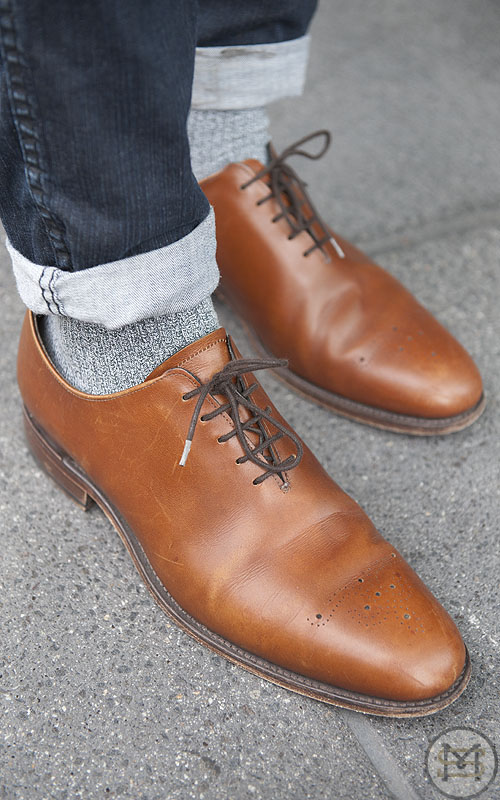The Event: ACMI Presents Yang Fudong, Filmscapes
Launching this week at ACMI, China Up Close is a fascinating look at one of our most polarising neighbours.
The exhibition - ACMI’s first “Up Close” event - promises to explore this endlessly intriguing society through a thoughtfully curated program of art, film, digital programs, talks and live events.
Chinese screen culture is exploding in the world’s fastest growing economy today. This rapid ascent has occurred in a country with more than 20 per cent of the world’s population, making China the second largest international economy behind the United States. New opportunities for international collaboration and market penetration are now emerging, at the same time that Chinese society is undergoing a dramatic transformation and film audiences are growing.
At the nucleus of China Up Close is an exhibition profiling the elaborate films and film installations of celebrated Shanghai-based artist Yang Fudong. Titled Yang Fudong: Filmscapes. This premiere exhibition boasts three seminal works: Ye Jiang/The Nightman Cometh (2011), The Fifth Night (2010) and East of Que Village (2007) and also features a brand new work co-commissioned by ACMI and the Auckland Art Gallery Toi o Tamaki, titled New Women II (2014).
Yang Fudong
Born in Beijing and currently based in Shanghai, Yang Fudong trained as a painter before emerging onto the international arts scene in the early 1990s when he began working with multi-channel video installations, single-channel films and photography. Today, Yang Fudong is lauded for introducing multi-screen Chinese film installations to the West.
Drawing on Asian and Western cinema (particularly film noir and the French avant-garde), Yang Fudong’s dramatic and highly stylised film installations are rooted in the traditions of Chinese literature, philosophy and art. ACMI curator Ulanda Blair states that Fudong’s work appealed to the gallery, “not only because he’s working with the moving image; his work is also very reflective, illustrating the way that film makers can tell stories and manipulate our emotions. His work looks at the mechanisms of cinema and deconstructs those mechanisms."
The Nightman Cometh (2011)
Fudong’s extraordinary resume bares a critical relationship with cinema. His first film, An Estranged Paradise, premiered at the 2002 Documenta, Germany’s renowned festival of contemporary art, to rave reviews. Paradise uses a classic montage technique to track the romantic adventures and urban wanderings of a hypochondriac hero. The film was completed in 1997, thanks to funding from a patron who was willing to take a chance on a director barely out of art school and additional financing from Documenta.
It was followed by Seven Intellectuals in Bamboo Forest, whose five installments were completed between 2003 and 2007, premiering at two Venice Biennales. Riffing on an ancient legend about seven young culturati who retreat into a sylvan life of drinking and conversation, Fudong’s Bamboo Forest follows the peregrinations of five men and two women as they linger among classic Chinese landscapes, farmers’ fields and modern construction sites.
Blair: “He [Fudong] attended art school in Hangzhou and actually studied oil painting. It’s amazing when you think that his first film, and he didn’t even study film making, for that film to premier at one of the biggest and most prestigious art events in the world is extraordinary.”
The Nightman Cometh (2011)
It’s interesting to note that growing up in China during the Cultural Revolution and the more recent socialist market system meant that Fudong had limited access to Western cinema. The artist has previously spoken of preconceived notions formed through studying the films of Fellini, his imagination influencing his work even before he had opportunity to watch the movies he’d read about at art school.
Blair: “There’s a lot of influences from Western art house cinema, but he’s also been influenced by film noir and Chinese films from the 1920s and 1930s, a time when Shanghai in particular was strongly influenced by the West.”
With his creative output very much grounded in traditional Chinese culture, Fudong is a rarity amongst his contemporaries, many of whom are now based abroad. It’s obvious that the artist still carries a deep appreciation and respect for his homeland, a theme often reflected in his work.
“We hear a lot about Australia’s relationship with China in the media from a political and economic viewpoint but building our cultural capacities are equally as important.” states Blair, “Chinese art has been incredibly popular on the international arts scene for some years now. But in Australia and more specifically Melbourne, we still haven’t really seen a lot of contemporary art from the region. We have a huge Chinese community here and it’s really important to have a Chinese artist shown. Having said that, we [ACMI] would only work with the best and I truly believe that Yang Fudong is one of the most extraordinary artists working today.”
New Women II (2014)
Yang Fudong: Filmscapes will exhibit from Thursday 4 December 2014.
Entry is free.
Yang Fudong is represented by ShanghART Gallery, Shanghai, and Marian Goodman Gallery, New York.
















